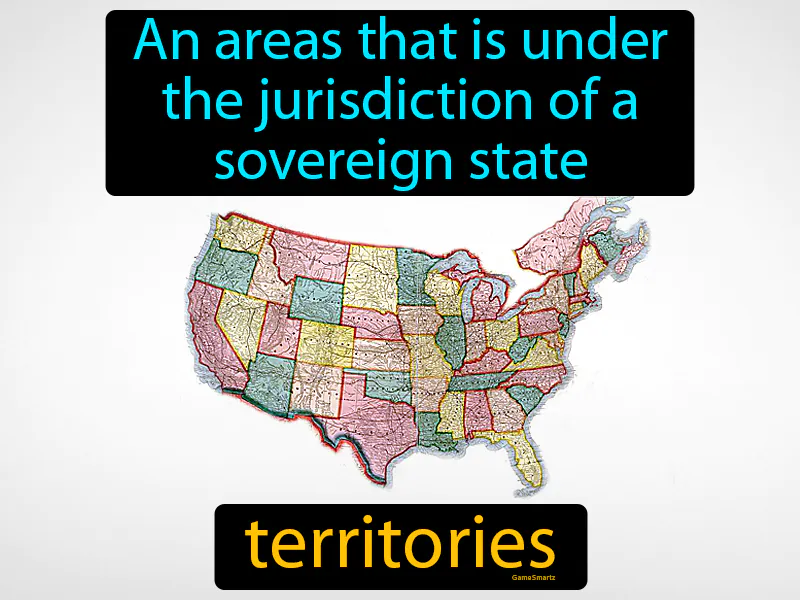Territories
Territories: Easy to understand
In the history of the United States, territories were regions that were under the jurisdiction of the U.S. government but had not yet achieved statehood. This concept was crucial when creating The Constitution because it allowed for the expansion and organization of new lands, responding to the need for orderly growth and addressing disputes over land ownership. The Northwest Ordinance of 1787 was an important law that outlined how these territories could become states, helping to manage westward expansion. Today, the concept of territories still matters as places like Puerto Rico, Guam, and American Samoa are U.S. territories, meaning they are part of the U.S. but don't have the same representation as states. This can affect people in these territories because they may not have the same voting rights or influence in Congress, impacting decisions on local issues like education and healthcare.

Practice Version

Territories: An area that is under the jurisdiction of a sovereign state. Territories. Historically, territories are regions that a country controls but have not yet become states or fully integrated parts of the country.